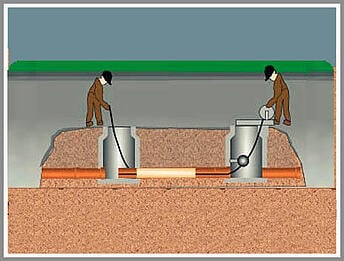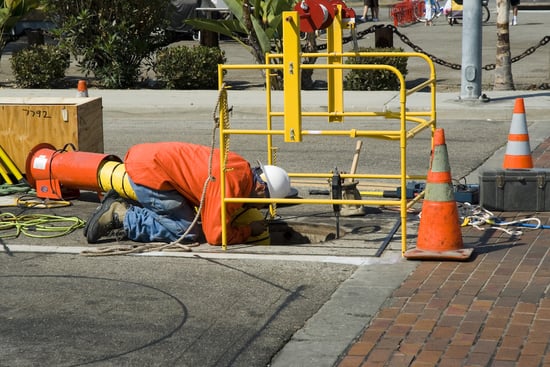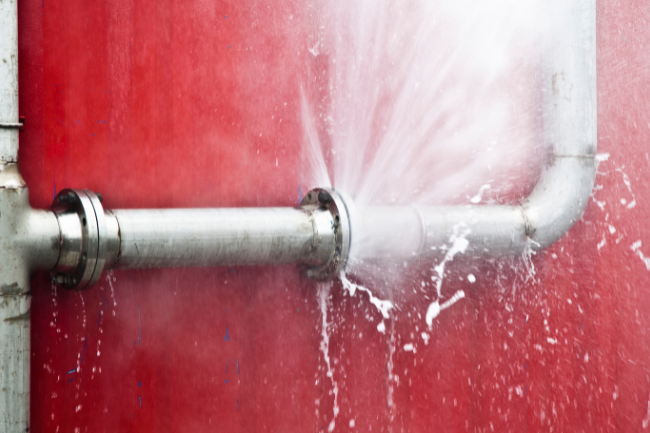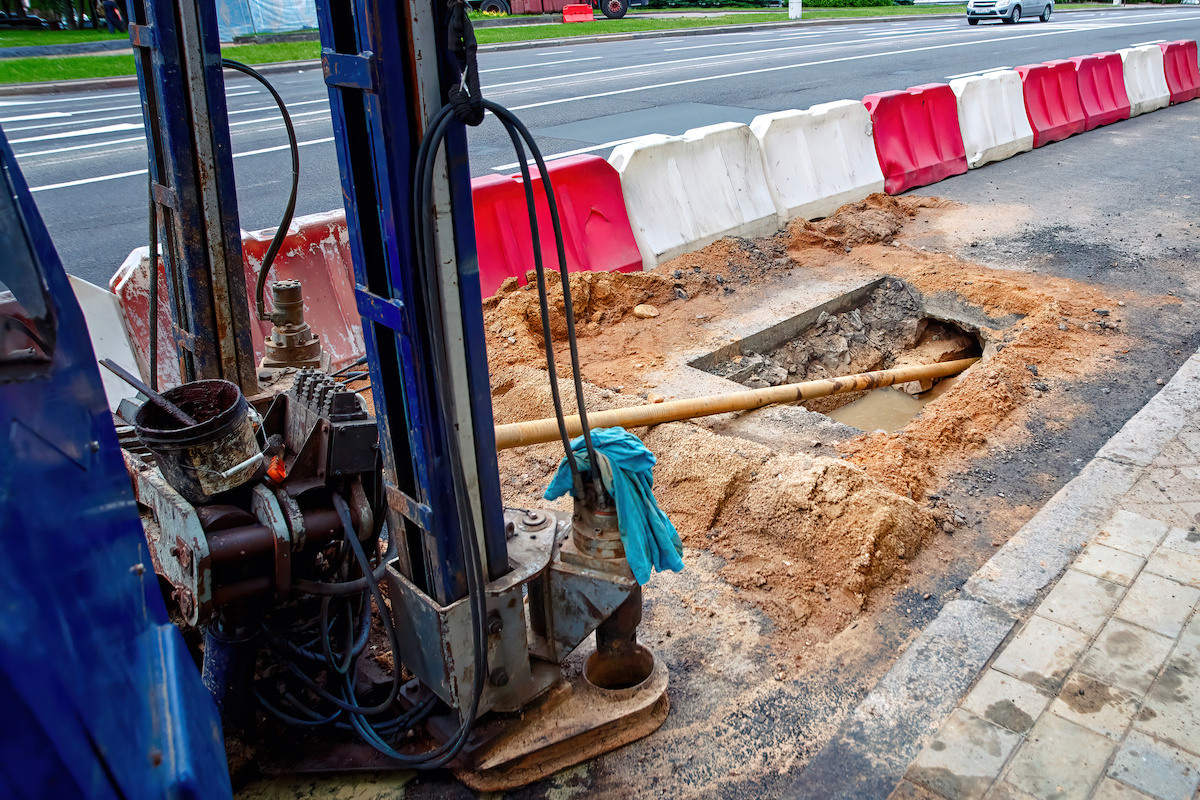Sectional Point Repair Vs Manhole-to-Manhole Lining
Posted by William Heinselman on
 Sectional point repair is a method of repairing or reinforcing damaged underground pipelines without having to excavate the pipe for replacement. This technology falls within the category of trenchless technology, as it is a means of avoiding having to dig up the ground around the pipe in order to effect repairs.
Sectional point repair is a method of repairing or reinforcing damaged underground pipelines without having to excavate the pipe for replacement. This technology falls within the category of trenchless technology, as it is a means of avoiding having to dig up the ground around the pipe in order to effect repairs.
Benefits of Trenchless Technology:
- No messy, time-consuming destruction of your yard. By avoiding the need to dig down to the pipe in order to remove and replace damaged pipe sections, sectional point repair is able to prevent damage to your street or lawn, so your daily routine is less impacted by the presence of the repair crew. No one likes to have to put up with the spectacle of heavy machinery tearing up their neighborhood if they can avoid it. Without the need to dig to the pipe, repairs can be effected quickly and avoiding the risk of damaging other underground utilities.
- Cost effectiveness. As cited by many trenchless pipe repair services, only about six percent of the sewer pipes from one manhole to the next actually need repair. With sectional point repair, it is possible to fix the one small point of damage in the pipe without having to replace the entire section of pipe. The use of this cost-effective alternative to tearing up real estate and replacing the entire pipe is credited with saving municipal government agencies hundreds of thousands of dollars. This allowed these agencies to repair and replace much more pipe than was previously possible on a smaller budget.
- High durability. By using epoxy resins, the repaired pipe is actually made stronger than the original material. These sectional repairs are guaranteed to last a minimum of fifty years.
- Accessibility. Sectional repairs can be made underneath existing structures and other hard-to-reach areas using only existing access points to your sewage system. With this trenchless tech, the pipes under your house can be serviced without destroying your basement.
- Speed and accuracy. Unlike the old method of digging up the pipe, making a replacement, and filling in the hole, sectional point repair can be completed in a matter of hours instead of days.
So, how does sectional repair work?
First, it is important to determine if you only need a sectional patch or if you need a complete re-lining of the sewage pipe. To make this determination, a sewer video inspection is made using a small camera to see what kinds of damage there are and the severity of the damage. If there is only a small amount of damage, a sectional patch may be all that is necessary. If extensive damage is found, then a more complete re-lining of the pipe may be necessary.
Once the determination of whether a re-lining or a patch is necessary, then it is possible to move on to the next step. The repair crew then accesses the pipe's repair points (manholes both up and downstream for municipal areas, sewer and home ends of the pipe for private residences, and a small hole may have to be dug for especially large business or residential buildings, with access at the sewer and in the building).
After pipe access has been obtained, the crew then cleans the pipes out so that the adhesive resin can stick to the interior of the pipe. Without this critical cleaning process, the resin will not adhere to the walls of the pipe properly, effectively negating or preventing the repair.
Now that the pipe has been inspected, accessed, and properly cleaned, the repair process can properly begin. The process of applying the epoxy resin to the troubled areas of the pipe can take as little as two hours. Then, the liner can be inserted into the pipe, cured where it needs to be, thus forming a lasting seal that can stand against leaks, infiltration of liquids from outside the pipe, and even tree roots.
Cost Helper Home & Garden provides a solid cost analysis which helps to highlight the cost benefit for using trenchless technology to repair pipes as opposed to traditional dig-up-and-replace the pipe methods of sewer line repair. For a traditional dig-up and replace the pipe method, the cost can run as high as $25,000 or more just for the repair itself, while the use of the re-lining technique typically costs the average consumer $8,900. That the trenchless process is less intrusive and does not incur as many property repair costs as the older process of tearing up real estate to effect repairs saves even more money for the homeowner.
Without the excessive property destruction caused by traditional sewer repair methods, the trenchless repair crew can leave a minimal imprint on your neighborhood. The clean-up process after a trenchless repair is quicker and quieter than the road-shredding processes of old, which means less headaches for you to deal with once the trenchless repair is finished.
If you have a small amount of damage to your pipelines, avoid the cost and hassle of a complete replacement of your pipeline and take advantage of trenchless technologies to make life easier. Even if you have more severe forms of damage, it is possible to leverage the advantages of trenchless technologies to make the repair process less intrusive and time-consuming. If you need help with a plumbing problem, do not hesitate to contact a professional to get a solution today.
Topics: Trenchless Technology







